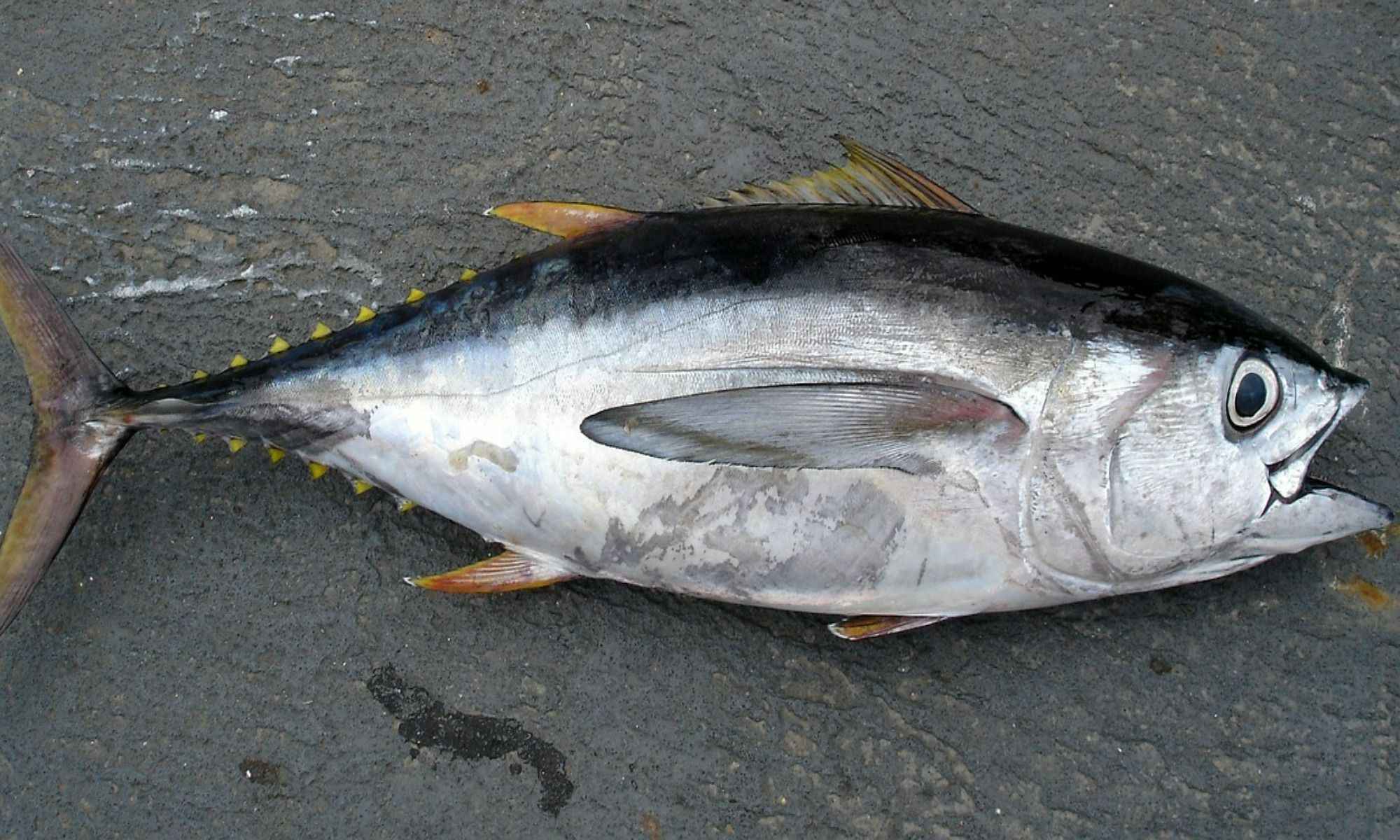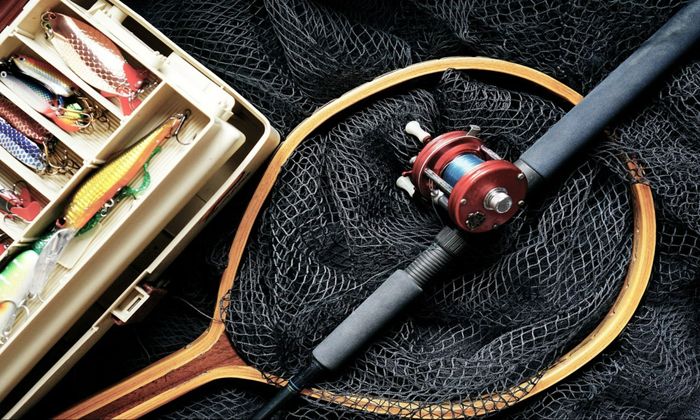Trolling Tips for Blackfin Tuna
Trolling is an effective way to cover more ground when fishing and this is especially true when fishing for the feisty blackfin tuna!

Blackfin tuna may not be as much of a crowd favorite as the bluefin tuna or the yellowfin tuna, but it holds a special place in the hearts of anglers who love a good fight. In addition, it is an excellent fish for table fare due to its tastiness and the many ways it can be cooked.
With its numbers usually peaking in August through November, anglers are in for sea action. The two common fishing techniques employed to catch blackfin tuna are: trolling live baits or artificial baits or baitcasting with live or chunk baits and chum. You can use either of those two methods depending on certain conditions and personal preferences. Still, trolling is considered the better option for many seasoned anglers as it allows them to cover a lot of water areas speedily. Further, trolling is also a fun and adventurous way to catch fish as it requires a moving boat.
Below are tips on trolling to catch these feisty yet tasty sea creatures!

1. Create a Plan
Before making that fishing trip, we could not emphasize enough how important doing your research in advance. Do an advance reading on the fishing trends in the location, sea current, and what to expect when fishing for blackfin tuna. Know which lures and what kind of reel you should use. Identify the route you will take once you are already on board the boat and the spots where blackfin tuna usually huddle together. Most importantly, find out if trolling is permitted in the area you intend to fish.
2. Use the Right Gear

Trolling is an effective fishing technique that lies in the gear combination itself. The suitable rods, reels, and line combinations make a huge difference in the depth control. When trolling, you need powerful gear with a reliable drag system that can withstand pressure. As much as possible, avoid cheap models and invest in high-quality ones, especially if you are serious about mastering this technique.
3. Check that Your Line Placement is Correct
This applies when you are trolling with multiple lines. Make sure that they are of different lengths because when you release them simultaneously, they should create a natural look. This means that the baits attached to the lines should be varying distances away from the boat. Some are closer, while some are farther away. The same rule applies when your primary consideration in trolling is the depth.
4. Match the Hatch and Use the Right Bait
For beginners, the phrase means your artificial bait should match the color and major physical attributes of the natural bait your fish of choice usually eats. No one bait is the best for all fish species. What works on a sea bass may not work on a blackfin tuna.
5. Use Varying Speeds
Since the goal of trolling is to have your lure mimic a prey’s natural movement, you would want your boat’s motion to do the same. Zig-zag trends, coupled with varying speeds, are helpful. Be mindful of how fish species usually prefer their prey’s speed. Blackfin tuna tend to like their baits to move slower, so a speed of around 5 knots is ideal. However, remember that this is still on a case-to-case basis.
Make it a habit to observe the bait’s movement on the water. If it is skipping or moving straight, you are going way too fast. If it is dropping below the surface, you are going too slow. In addition, if you notice or feel that the fish are not biting your bait, change your direction while still working the boat at varying speeds.

6. Present Your Bait Well
Avoid presenting your bait faster than the blackfish tuna is able or willing to chase. If you are using live bait, be mindful of the speed at which you will keep it alive and give it the leeway to move naturally. Remember that successful trolling entails keeping your bait moving naturally and avoiding having it move too precisely. You should also observe the water patterns your boat is leaving on its wake and keep the bait either far from it or beside it.
7. Don’t Just Stick to the Same Bait Presentation
Trolling requires both thoroughness and creativity. No rule says you can only present your bait in one way, so feel free to experiment with your bait’s physical presentation. Blackfin tuna are into different kinds of live bait, so take note of those and change your artificial bait’s colors and sizes accordingly from time to time. You can change your bait every 15 or 20 minutes or when you feel that your target blackfin tuna has not bitten on your current bait after quite some time.
8. Keep Your Boat Moving
Once anglers feel that the fish has finally taken the bait, they tend to place the boat on neutral and place their sole focus on reeling in their catch. This is something beginner trollers often do and one you should avoid. Even if you are sure that the tuna has firmly bitten on your bait, keep your boat moving and fight the fish while both it and the boat are in motion. Being on a stationary mode gives the fish a chance to get away.
9. Fish During Appropriate Times and Weather Conditions
Like any other fishing technique, always check the weather conditions and fish during the appropriate time. Different types of fish species appear at different times. For blackfin tuna, the best time to catch them is when the light is low, during the early morning or late afternoon. However, if it is cloudy, they can be caught all day long.
Now that you know what to do and what not to do when trolling blackfin tuna, time to make some plans for your next fishing trip!



